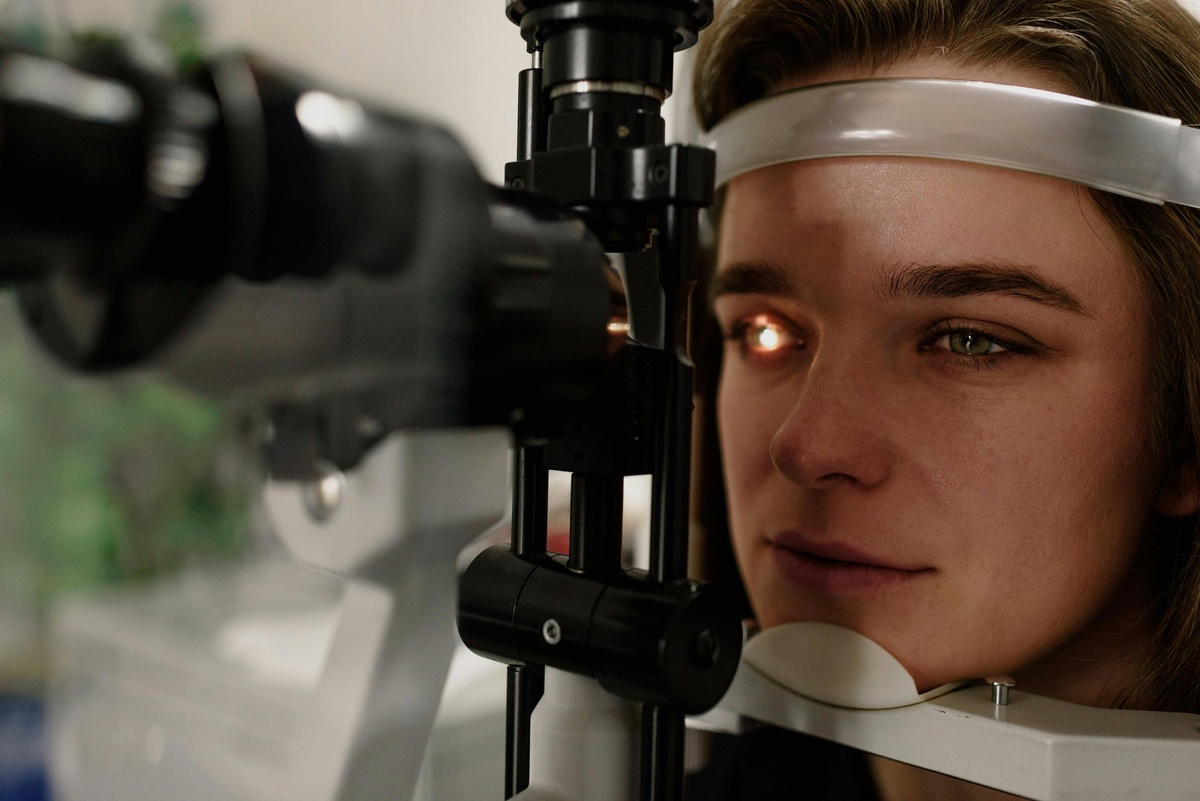Machine Vision Systems Market: An In-Depth Exploration

The Machine Vision Systems Market is a rapidly evolving sector that combines advanced imaging technologies with artificial intelligence (AI) and machine learning (ML) algorithms to enable automated decision-making in industries. With applications spanning manufacturing, healthcare, automotive, and more, machine vision systems are redefining how businesses operate, offering unparalleled accuracy, efficiency, and productivity.
The market, valued at $14.35 billion in 2023, is projected to grow at a compound annual growth rate (CAGR) of 7.8%, reaching $25.36 billion by 2030. This growth is fueled by increasing demand for quality control and automation, advancements in AI-powered vision systems, and the proliferation of Industry 4.0 technologies.
What are Machine Vision Systems?
Machine vision systems involve the use of cameras, sensors, and processing units to capture and analyze visual information. Unlike traditional imaging, these systems interpret the captured data using AI algorithms to make decisions or take automated actions.
Key Components of Machine Vision Systems:
Cameras: High-resolution devices that capture images or videos.
Lighting: Ensures clear imaging by providing consistent illumination.
Lenses: Focus light and enhance image clarity.
Processing Units: Employ AI and ML algorithms to interpret visual data.
Software: The brain of the system, enabling object detection, pattern recognition, and decision-making.
Market Dynamics
1. Drivers of Growth
Demand for Automation in Manufacturing: The adoption of automation for tasks such as inspection, sorting, and quality control is a key driver.
Advancements in AI and Deep Learning: AI-powered vision systems are enabling applications such as predictive maintenance and real-time monitoring.
Industry 4.0 and IoT Integration: Machine vision systems play a critical role in smart factories by facilitating autonomous operations.
Healthcare Innovations: In healthcare, these systems are used for diagnostic imaging, surgical navigation, and laboratory automation.
2. Challenges
High Initial Investment: Setting up machine vision systems can be expensive, deterring small and medium-sized enterprises (SMEs).
Complexity of Integration: Implementing these systems within existing infrastructure requires specialized expertise.
Data Security Concerns: As systems become more connected, protecting sensitive data becomes a priority.
3. Opportunities
Expansion into Emerging Economies: With industrial growth in regions such as Asia Pacific and Latin America, the demand for machine vision systems is on the rise.
Growing Adoption in Non-Industrial Applications: Retail, agriculture, and security sectors are discovering innovative uses for machine vision.
Development of Edge Computing Solutions: Real-time processing at the edge enhances efficiency and reduces latency.
Market Segmentation
By Type:
1D Vision Systems: Used for tasks like barcode scanning.
2D Vision Systems: Commonly used in manufacturing for object recognition and defect detection.
3D Vision Systems: Employed in robotics and applications requiring depth perception.
By Application:
Industrial: Quality control, assembly verification, and sorting.
Healthcare: Imaging for diagnostics, surgery, and laboratory analysis.
Automotive: Autonomous driving, inspection of parts, and assembly line monitoring.
Retail: Customer behavior analysis, inventory management, and checkout automation.
By Region:
North America: Leading the market due to technological advancements and high adoption rates.
Europe: Focused on automotive and industrial applications.
Asia Pacific: The fastest-growing region, driven by manufacturing hubs like China and India.
Latin America, Middle East & Africa: Emerging regions with significant growth potential.
Key Players in the Machine Vision Systems Market
1. Cognex Corporation
Cognex is a market leader known for its innovative machine vision and industrial barcode reading solutions.
2. Basler AG
This German company specializes in high-quality cameras and software for industrial applications.
3. Keyence Corporation
Keyence offers a wide range of products, including machine vision systems, sensors, and measurement tools.
4. Teledyne Technologies
Teledyne provides advanced imaging solutions across industrial, healthcare, and scientific domains.
5. National Instruments
Known for its software-defined platforms, NI offers integrated solutions for machine vision applications.
Industry Trends
1. AI-Driven Vision Systems
AI and ML algorithms are transforming the capabilities of machine vision systems, allowing them to learn and adapt to new scenarios without human intervention.
2. Integration with Robotics
Machine vision systems are increasingly being used in robotic automation for tasks such as pick-and-place, welding, and painting.
3. Cloud and Edge Computing
By combining cloud storage and edge processing, these systems can perform real-time analysis while leveraging the cloud for deeper insights and storage.
4. Miniaturization of Components
Advancements in microelectronics are enabling the development of compact, cost-effective systems.
Applications Across Industries
1. Manufacturing
Machine vision systems are revolutionizing production lines by automating defect detection, ensuring uniform quality, and improving overall efficiency.
2. Healthcare
These systems are used in diagnostic imaging, laboratory automation, and surgical guidance, enhancing accuracy and patient outcomes.
3. Automotive
From assembly line automation to enabling advanced driver-assistance systems (ADAS), machine vision systems play a vital role in the automotive sector.
4. Retail
In retail, these systems are utilized for shelf monitoring, customer behavior analysis, and cashier-less checkout experiences.
Future Outlook
The future of the machine vision systems market lies in its ability to adapt to emerging technologies and expand into untapped industries. Key areas of growth include:
Autonomous Vehicles: Enhanced navigation and safety systems.
Smart Cities: Surveillance, traffic management, and infrastructure monitoring.
Agriculture: Crop monitoring, pest detection, and yield analysis.
Conclusion
The Machine Vision Systems Market is a cornerstone of modern industrial and non-industrial applications, offering transformative solutions that improve efficiency, accuracy, and decision-making. As industries continue to adopt automation and smart technologies, the demand for advanced machine vision systems will only grow.
Note: IndiBlogHub features both user-submitted and editorial content. We do not verify third-party contributions. Read our Disclaimer and Privacy Policyfor details.







